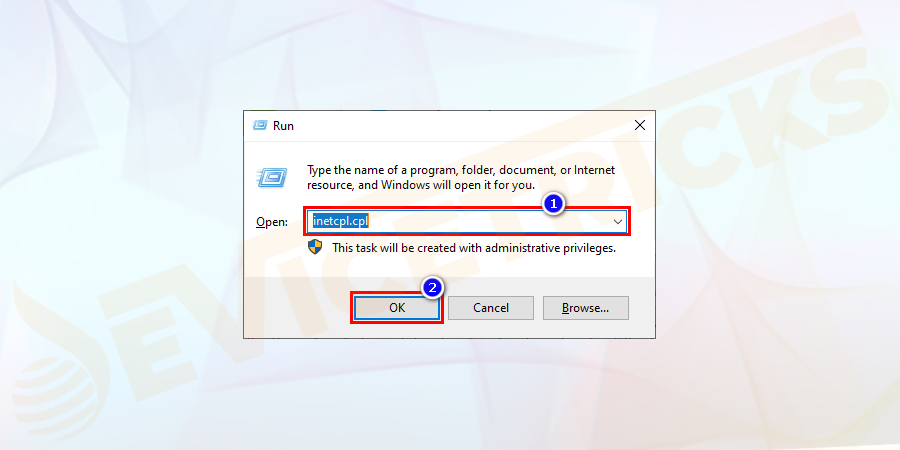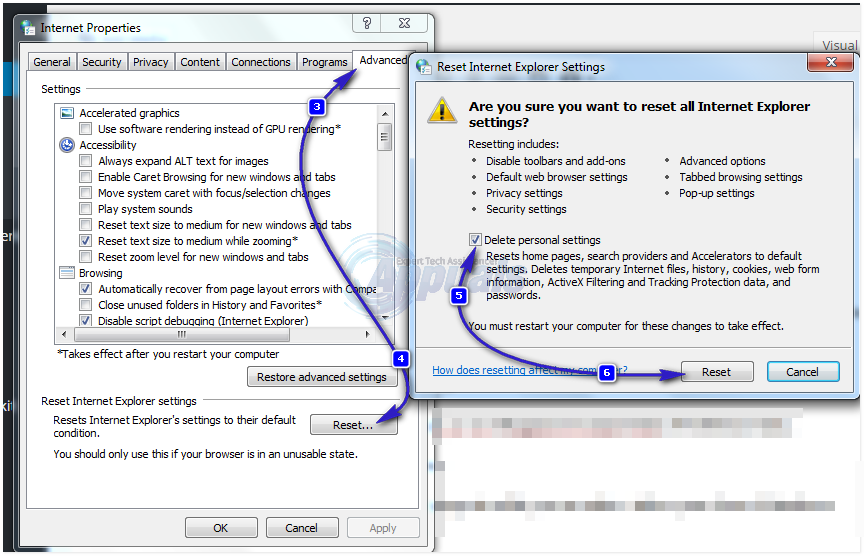
- Internet explorer disable add ons command line software#
- Internet explorer disable add ons command line windows#
I suppose the somewhat limited capabilities of Lynx will make Opera your first choice.
Internet explorer disable add ons command line windows#
I know of only two browsers for Windows that deserve this title: Lynx and Opera. However, you can use a web browser that is more secure than Internet Explorer. There is no such thing as a secure web browser. You are sure you need the browser on your server? Read on.Ģ. All your firewalls, malware, and intrusion detection systems are relatively useless if you invite the bad guys to your network by using a web browser with admin privileges on a server.

So what can you do if you want to keep the agility of your forefinger?ĭo you really need a web browser on a server? If Microsoft’s engineers believe it is worth annoying millions of admins with Internet Enhanced Security Configuration, they must have a good reason. We call the fruits of this tinkering “Internet Explorer Enhanced Security,” and it is the reason why millions of Windows Server admins are in danger of getting forefinger arthritis. Microsoft’s engineers had to therefore think of a way to remove Internet Explorer without actually removing it. Of course, it is impossible to admit now that Windows without Internet Explorer is doable. When it became obvious that using a web browser on a server is not really such a good idea, Microsoft faced a dilemma. This somehow forced Bill Gates and other high-ranking Microsoft managers to testify in court that removing Internet Explorer would cause malfunctions in Windows. The activists managed to persuade some influential politicians that votes can be won by bashing this big and evil company in Redmond that endangers the “free” Internet (whatever that was). You might remember that, a while back, some Internet activists were very angry at Microsoft because Microsoft annihilated an ambitious company called Netscape (who, in turn, dared to threaten to destroy Microsoft with its tiny HTML file viewer). IE add-ons are one way that machines can become infected.The history of Internet Explorer Enhanced Security ^ Required to provide functionality that you need.įinally, if you suspect malware, disable everything that you don’t recognize andĭo an internet search for the names that you find listed.Īnd of course, be sure to run up-to-date anti-malware tools. Leave enabled only those add-ons thatĪs you use Internet Explorer thereafter, enable only those add-ons that are If you are not diagnosing a problem but simply trying to trim Internet Explorer’s memory footprint or increase its speed, then I recommend that you:ĭisable everything that you’re not sure of. When it does, you’ll have identified the guilty add-on. You can then start enabling add-ons until the misbehavior reappears, and That quickly tells me whether the problem is related to an add-on or not. If I’m diagnosing a crash or serious misbehavior problem in IE, I start by disabling everything. The disabled item and then click Enable in the resulting To disable an add-on, just right-click it and click Disable from the resulting pop-up menu:Ĭonversely, if the add-on is disabled and you want to enable it, right-click

The add-on manager defaults to showing you a list of all installed Toolbars In IE 9, click the gear icon and then Mange add-ons: Regardless of the reason, disabling add-ons is the first place to start whenĭiagnosing behavior and crashing problems with Internet Explorer. Of thorough testing, or even unexpected incompatibility with other add-ons. While you might think that the latter is the scariest – and it probably is –Īdd-ons from any source can potentially cause problems due to simple bugs, lack
Internet explorer disable add ons command line software#
They could be:Īdd-ons that you specifically request and install.Īdd-ons that are installed as part of some other software that youĪdd-ins that are installed by malicious software. They’re obvious, as in add-ons that add toolbars to your browser, but sometimes, Regardless of what you call them – add-ons, add-ins, plug-ins, or somethingĮlse – software can be added to IE by third parties. ]]> Add-ons, add-ins, plug-ins … and toolbars They sometimes show up without warning, but they’re easily dealt with in


Not surprisingly, those are called add-ons. They’re caused by software that’s added to IE to extend its functionality. Ultimately, many problems with Internet Explorer aren’t caused by IE at all. It’s another one of those things that I take somewhat for


 0 kommentar(er)
0 kommentar(er)
